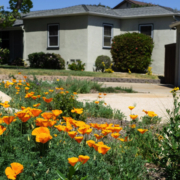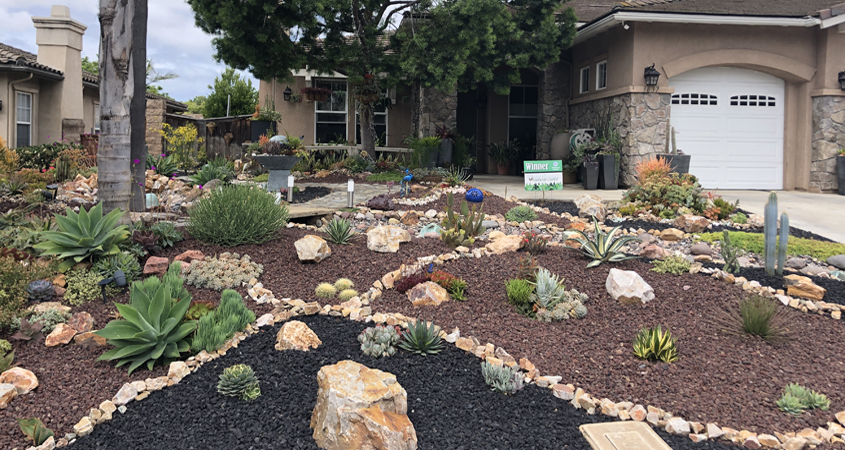Gov. Newsom asks Californians to Voluntarily Cut Water Use Amid Deepening Drought Conditions
California Gov. Gavin Newsom asked people and businesses Thursday to voluntarily cut how much water they use by 15% amid a drought. Newsom’s request is not an order. But it demonstrates the growing challenges of a drought that will only worsen throughout the summer and fall and is tied to recent heat waves.
Sandra L. Kerl, general manager of the San Diego County Water Authority, issued the following statement following the governor’s announcement:
“While the San Diego region is thankfully drought-safe this summer due to sound planning and decades-long ratepayer investments in new water supplies and storage and adoption of water conservation as a way of life, we must also be part of the statewide movement now underway to address water supply challenges created by drought and climate change in other parts of California.
“The Water Authority strongly supports the governor’s call for the public to voluntarily cutback water use by 15% in order to allow local, regional and state water agencies to plan and take the steps necessary under these changed conditions to maximize the availability of limited water supplies going forward, through the investment of state funding and implementation of other provisions of the Governor’s Proclamation of a State Emergency and Executive Order N-10-21 calling for water conservation.
“The Water Authority will be working closely with our member agencies and with the Metropolitan Water District of Southern California over the next several days, weeks and months, to design and implement strategies to maximize water supply development in collaboration with Governor Newsom and state agencies, in order to protect California.”
The San Diego County Water Authority announced that the region is protected from drought impacts this summer, and through 2045, despite continued hot and dry conditions. https://t.co/6Lg12magpB #cawater #staywatersmart
— San Diego County Water Authority (@sdcwa) June 24, 2021






